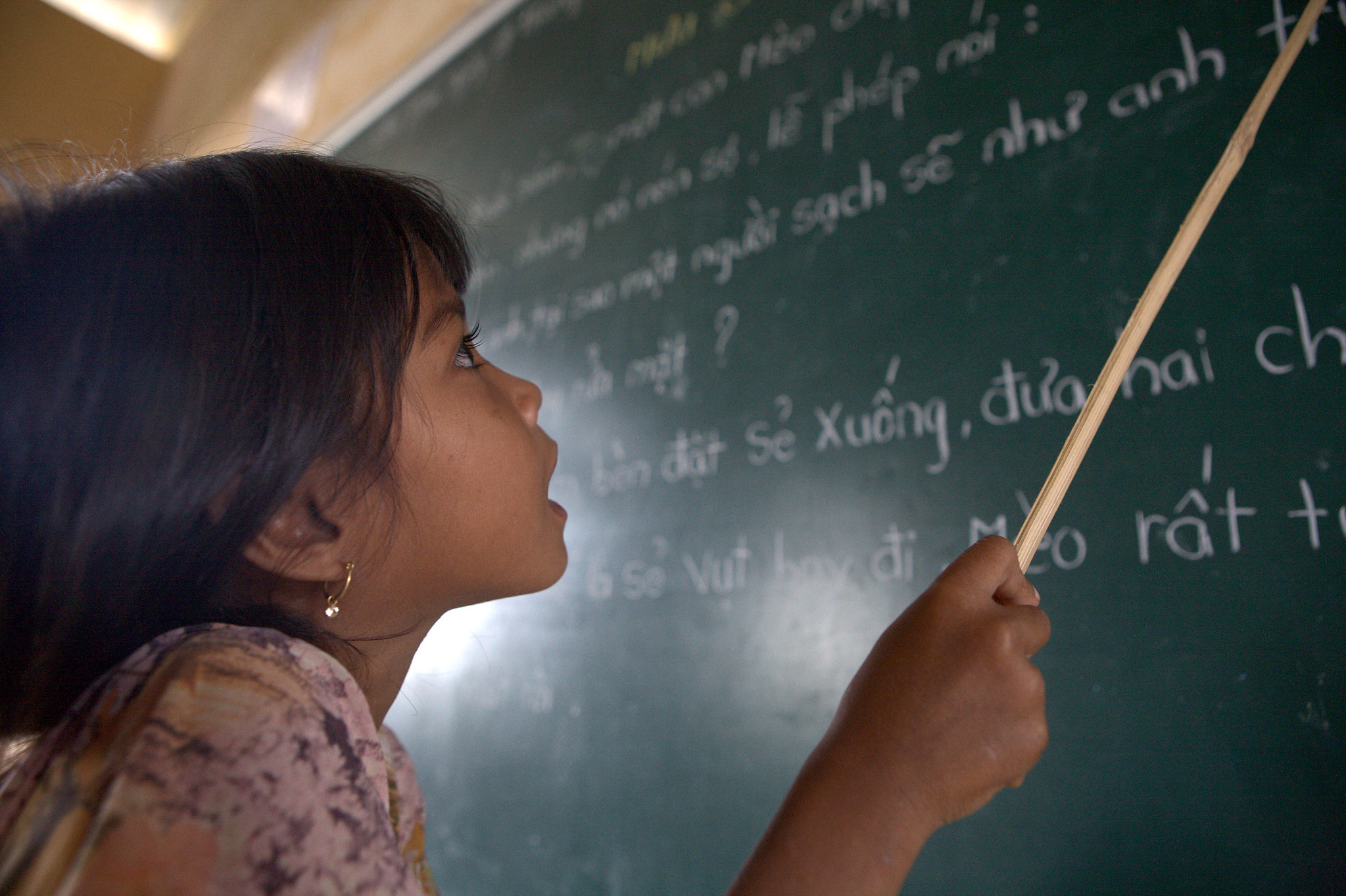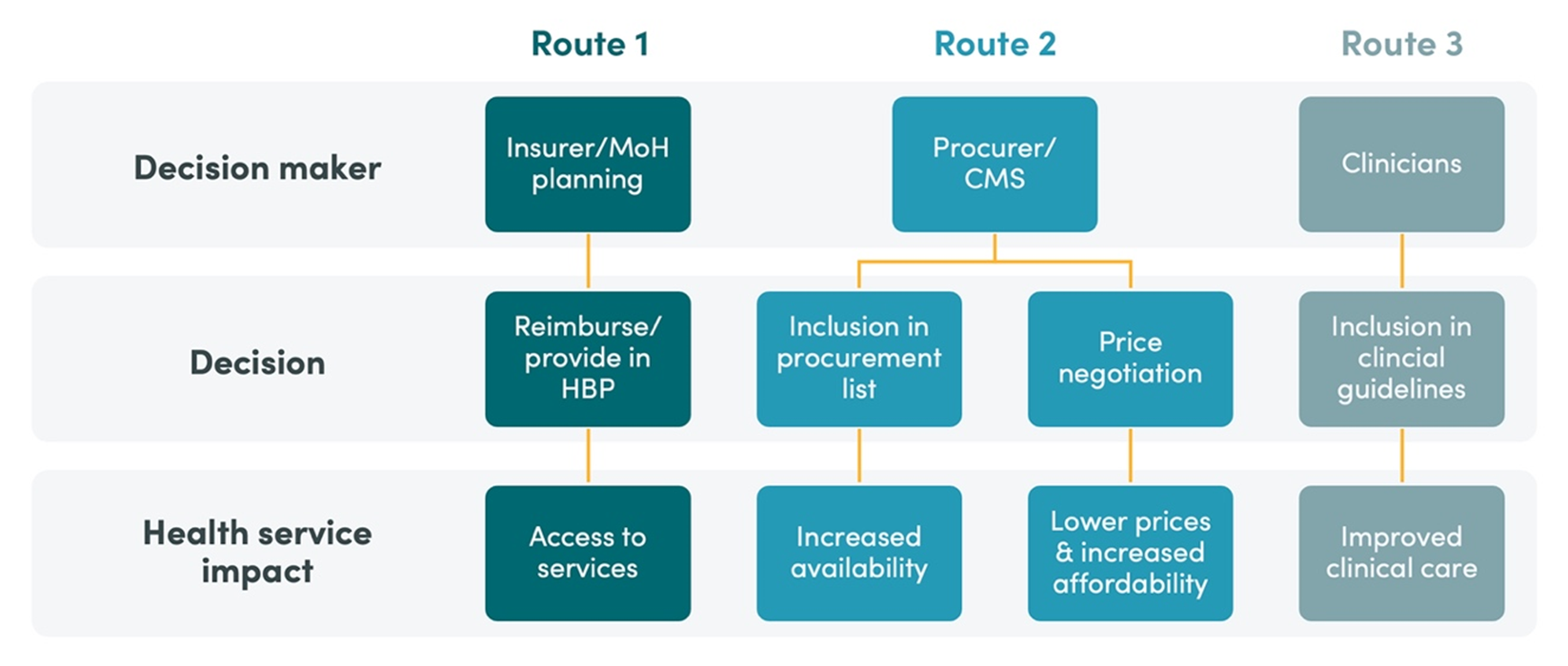Among the outcomes of the Asian Infrastructure Investment Bank’s (AIIB) annual meeting was approval of three new financial commitments by the Board of Directors. While approval of the first AIIB equity investment garnered the headline, for me the most interesting item was the loan to Tajikistan, co-financed by the World Bank (and the Eurasian Development Bank), for badly needed rehabilitation of the Nurek Hydropower Plant. This is the AIIB’s second loan to Tajikistan in the space of a year, and raises questions about lending on “hard terms” to poor countries. In its eagerness to meet the investment needs of Asian countries, is the AIIB going to get burned by lending at non-concessional rates to poor countries? Or, if a country becomes unable to pay all its bills, will it treat the AIIB as a preferred creditor and prioritize debt service payments over the needs of the poor?
The Risk of Lending to Countries Like Tajikistan
Tajikistan is a low-income country, with an average per capita income of roughly US$1,200 per year. And, according to the IMF, the most recent debt sustainability analysis (DSA) concluded that Tajikistan is at “high” risk of debt distress, so borrowing for investment needs is difficult. While the staff report for the most recent IMF Article IV consultation has yet to be released, the press release issued at the end of the 2017 review mission appears to corroborate the DSA assessment. Most notably, it says, “Concrete steps in key reform areas will need to be taken. . . [including] preparing a medium-term fiscal strategy to assure debt sustainability, an assessment of the macroeconomic implications (on growth, exports, and debt sustainability) of large infrastructure projects, and banking reforms.”
The situation is all the more troubling given increased domestic borrowing by the government, persistent budget deficits, and reported large liabilities on the balance sheets of state-owned enterprises. The IMF press release does commend the authorities for a 2017 budget that targets a decline in the deficit, but the credibility of such an effort is undermined by the failure to balance the budget in 2016. An anemic Russian economy due to low oil prices is hampering the Tajikistan budget picture as well.
World Bank and AIIB Lending Terms
Because of Tajikistan’s high risk rating, the World Bank’s portion of the financing package for Nurek is required to be on extremely concessional terms. The package includes two separate IDA loans for a little over $169 million and an IDA grant of roughly $56.6 million, with a total grant element of roughly 52 percent. By comparison, the AIIB will provide a $60 million loan and charge a lending spread of 1.4 percent over LIBOR, which is slightly less than what the World Bank’s hard loan window (IBRD) charges for similar loans. While the World Bank’s non-concessional borrowing policy attempts to constrain high-risk countries like Tajikistan from borrowing on hard terms, exceptions are granted on a case-by-case basis, and presumably Tajikistan was granted such an exemption for the AIIB loan.
From a strictly financial perspective, a non-concessional loan may make perfect sense because of the increased cash flow generated by electricity sales from Nurek. In fact, while the Tajikistan state-owned energy company currently charges a tariff for electricity below the recovery cost, a critical element of the Nurek project is a commitment by the government to introduce a new cost-recovery tariff that will allow the servicing of debts and provide the necessary funds for operation and maintenance. So what is the problem?
The Troubles
One problem is that the higher lending rate charged by AIIB will make it even more difficult for Tajikistan to generate the revenues needed to cover the cost of the repaying the loan. Given that the current weighted average tariff is estimated to be 55 percent below the cost-recovery level, rate hikes needed to meet the government’s commitment will be difficult to implement. A number of studies have revealed the difficulty of keeping such commitments, including a recent World Bank evaluation of a broad range of World Bank interventions in the power sector, which noted that “political commitment to serious financial stabilization and recovery objectives is often fragile.” If AIIB charged the same rate as IDA, it would make it easier on Tajikistan to repay everyone, but the AIIB is not in a financial position to provide such concessional loans.
Another problem is that there is little, if any, financial incentive for AIIB to pressure Tajikistan to meet its rate hike commitment. It will be the Tajikistan finance ministry, not the electric company, that will need to come up with the funds to repay the AIIB (and other creditors). And even if the finance ministry finds itself in a bind and is unable to repay all its creditors, the AIIB (like other multilateral lenders) will presumably argue that it is a preferred creditor and should be paid in full, even if it requires reducing expenditures for other needs. This could create bad publicity for the AIIB; given the needs of a country like Tajikistan, any cuts to essential services to pay off the debt are likely to exacerbate poverty levels. AIIB should therefore be very concerned if Tajikistan cuts expenditures while making Tajikistan’s creditors whole.
More broadly, a third problem is a potential perception that the AIIB is “free riding” within the international financial architecture since it does not provide concessional loans. At low levels of lending to low-income countries, this is unlikely to be a concern. But if the AIIB ramps up its lending programs in poor countries, the concessional lenders may begin to raise a fuss, particularly if there is a “credit event” and the AIIB falls back on its preferred creditor status to be repaid in full. Perhaps the concessional lenders should have AIIB compensate them for reducing the financial risks of individual transactions and begin to consider whether the AIIB should be held harmless in the event of a credit event.
Disclaimer
CGD blog posts reflect the views of the authors, drawing on prior research and experience in their areas of expertise. CGD is a nonpartisan, independent organization and does not take institutional positions.
Image credit for social media/web: Social media image by Gennadiy Ratushenko / World Bank





